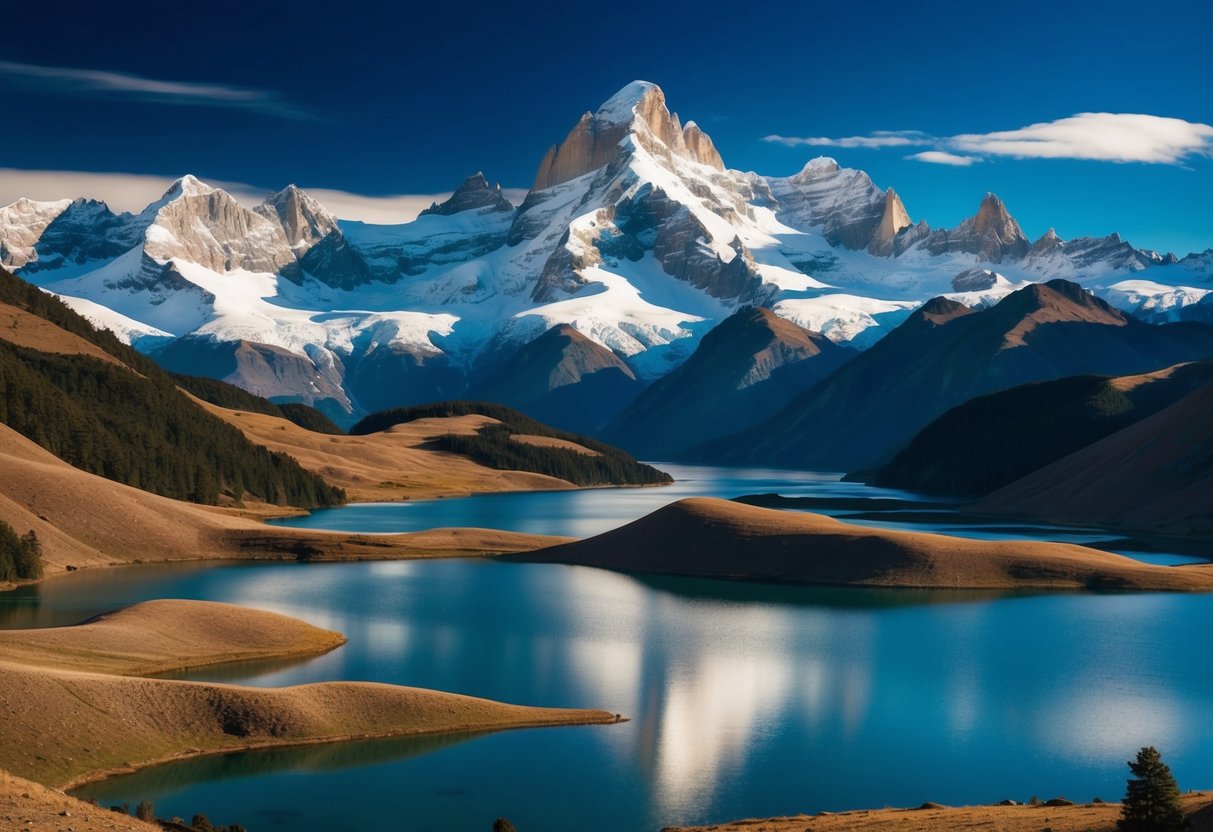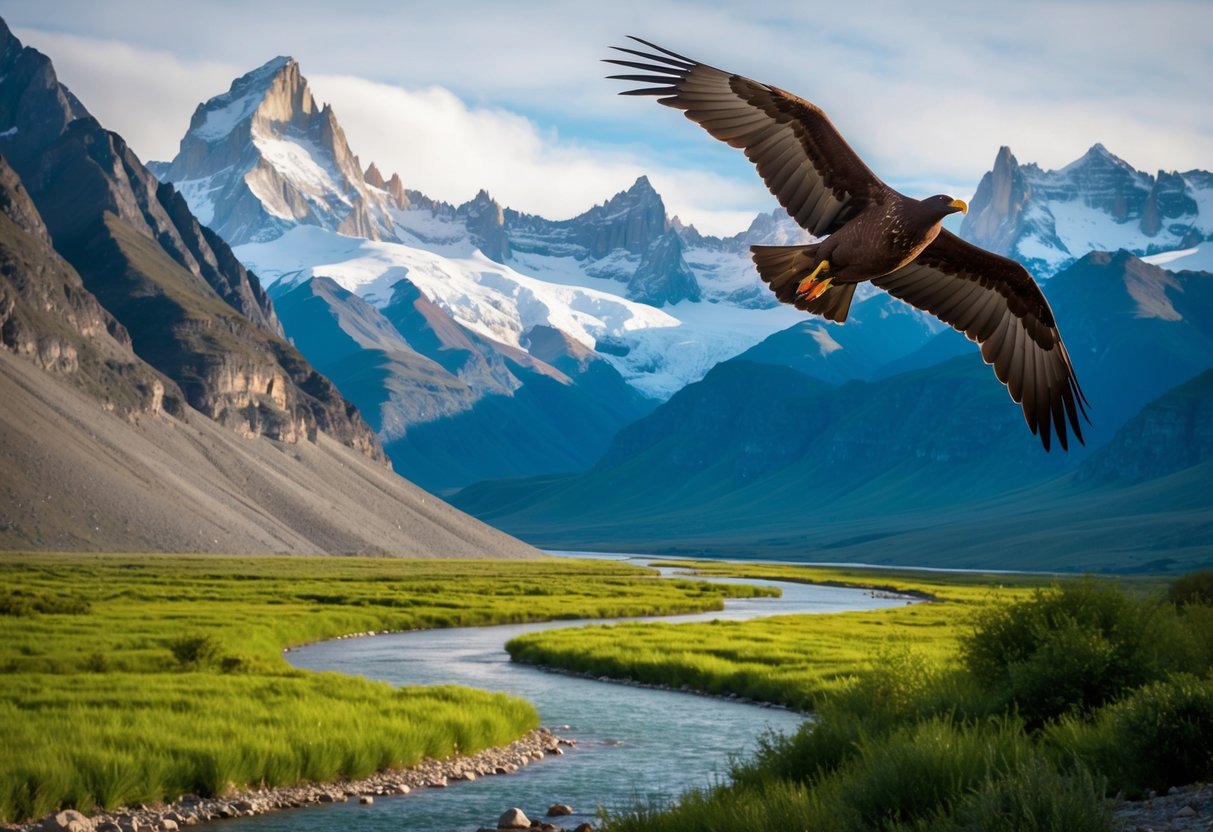
Kayaking and Water Sports
Kayaking in Patagonia’s pristine waters allows travelers to witness the landscape from a unique perspective. Glacial lakes and meandering rivers offer ample opportunities for water sports. Lago Grey and Lago Pehoé stand out as prime locations for kayaking enthusiasts seeking adventure amidst stunning surroundings.
Joining a guided tour ensures safety while exploring these waters. Kayakers often paddle past floating icebergs and are rewarded with views of snow-capped mountains. Water sports like rafting can also be experienced on the region’s powerful rivers, such as the Futaleufú. These activities combine excitement with an immersive experience of Patagonia’s untouched wilderness.
Fishing in Pristine Lakes and Streams
Fishing enthusiasts will find a haven in Patagonia’s unspoiled lakes and streams. These waters are home to a variety of fish species, including brown, rainbow, and brook trout. The region’s commitment to conservation ensures these habitats remain abundant with aquatic life.
Rivers like the Río Grande are famed for their fly fishing opportunities. Patagonia attracts anglers from around the world, each seeking the thrill of reeling in a prized catch. Local guides can lead fishing expeditions, providing expertise on the best spots and techniques. This ensures an enriching experience that maximizes the chances of success while respecting the delicate ecosystem.
Conservation and Ecotourism

Patagonia offers unique opportunities for visitors to engage with its stunning landscapes while supporting efforts to protect its fragile ecosystems. Conservation initiatives focus on safeguarding the region’s biodiversity, while ecotourism promotes sustainable travel practices that benefit local communities and the environment.
Protecting the Unique Biodiversity
Patagonia is home to an array of flora and fauna, some found nowhere else on Earth. Conservation efforts involve protecting various species, including the guanaco and the endangered Andean condor, through wildlife corridors and protected areas. These initiatives aim to maintain the region’s ecological balance and promote scientific research.
The region’s national parks, like Torres del Paine in Chile and Los Glaciares in Argentina, play a crucial role in preservation. These parks not only protect the stunning wilderness but also serve as sites for educational programs that highlight the importance of conservation. By engaging locals and tourists alike, these programs encourage behaviors that support biodiversity.
Innovative rewilding projects are also part of the conservation strategy, with efforts to restore habitats and reintroduce native species. Such initiatives demonstrate the commitment to reversing ecological damage and ensuring that Patagonia’s biodiversity thrives for future generations.
Sustainable Travel Initiatives
Ecotourism in Patagonia emphasizes minimizing the environmental footprint while offering immersive cultural experiences. Travelers have opportunities to learn about, and participate in, eco-friendly practices. These include using renewable energy sources, reducing waste, and supporting local, environmentally conscious businesses.
Community-based tourism is encouraged, allowing visitors to interact with indigenous and local communities. This approach ensures that tourism benefits these communities economically, while also preserving their cultural heritage. Such interactions create a deeper connection between travelers and the region, fostering a greater appreciation for Patagonia’s unique environment.
Regulations and guidelines are in place to ensure that tourism activities align with conservation goals. This includes limiting visitor numbers in sensitive areas and promoting sustainable transportation options. Through responsible travel, tourists contribute to the ongoing efforts to protect Patagonia’s natural beauty and cultural richness.